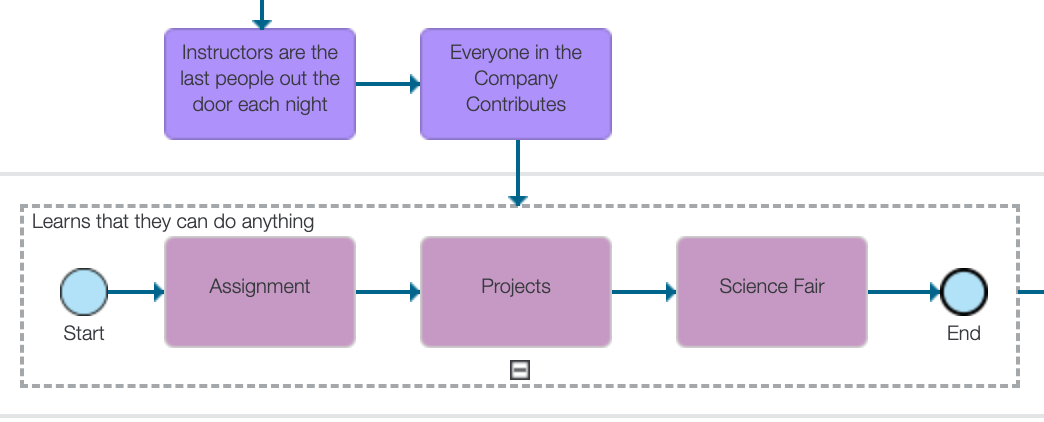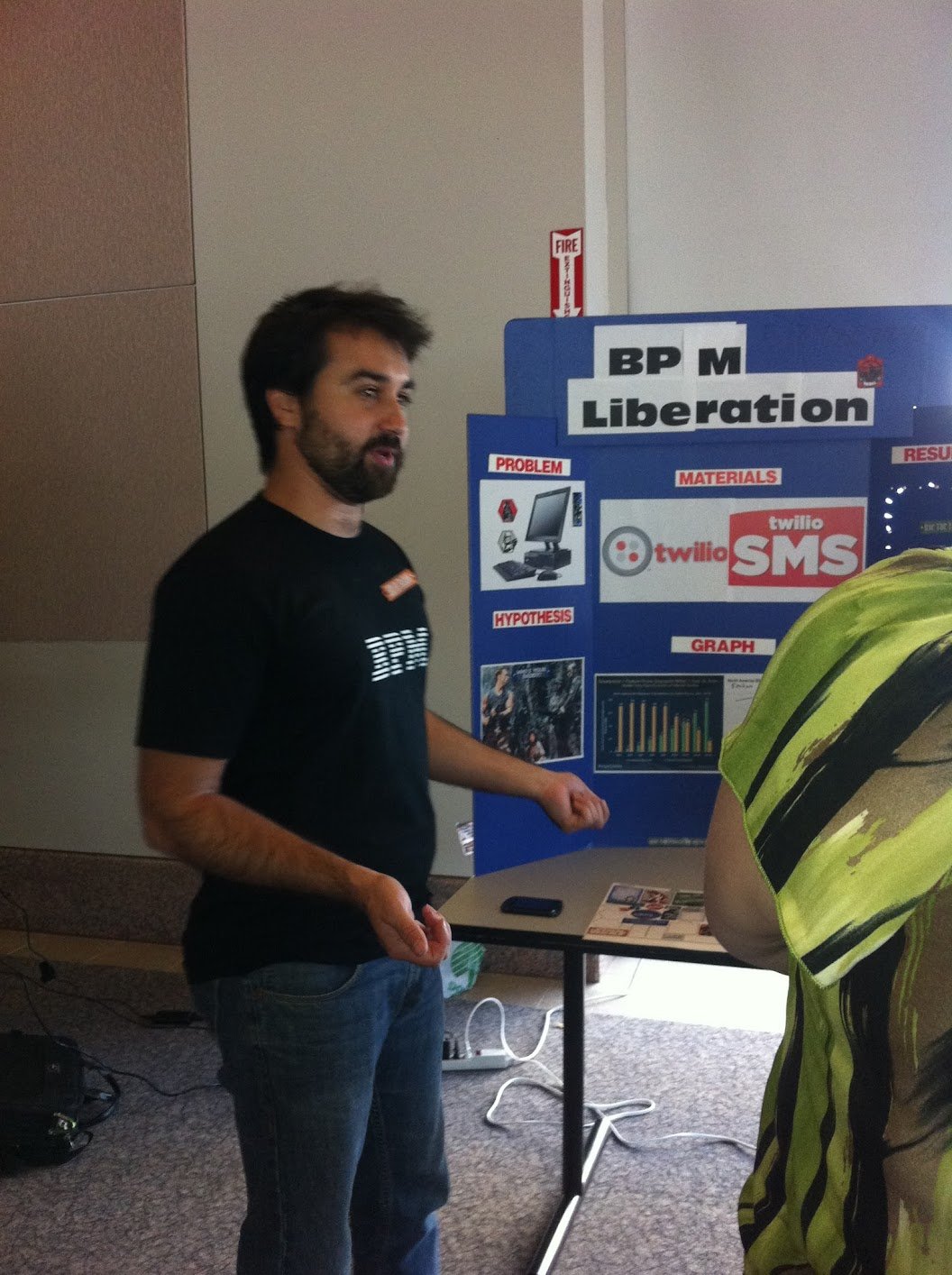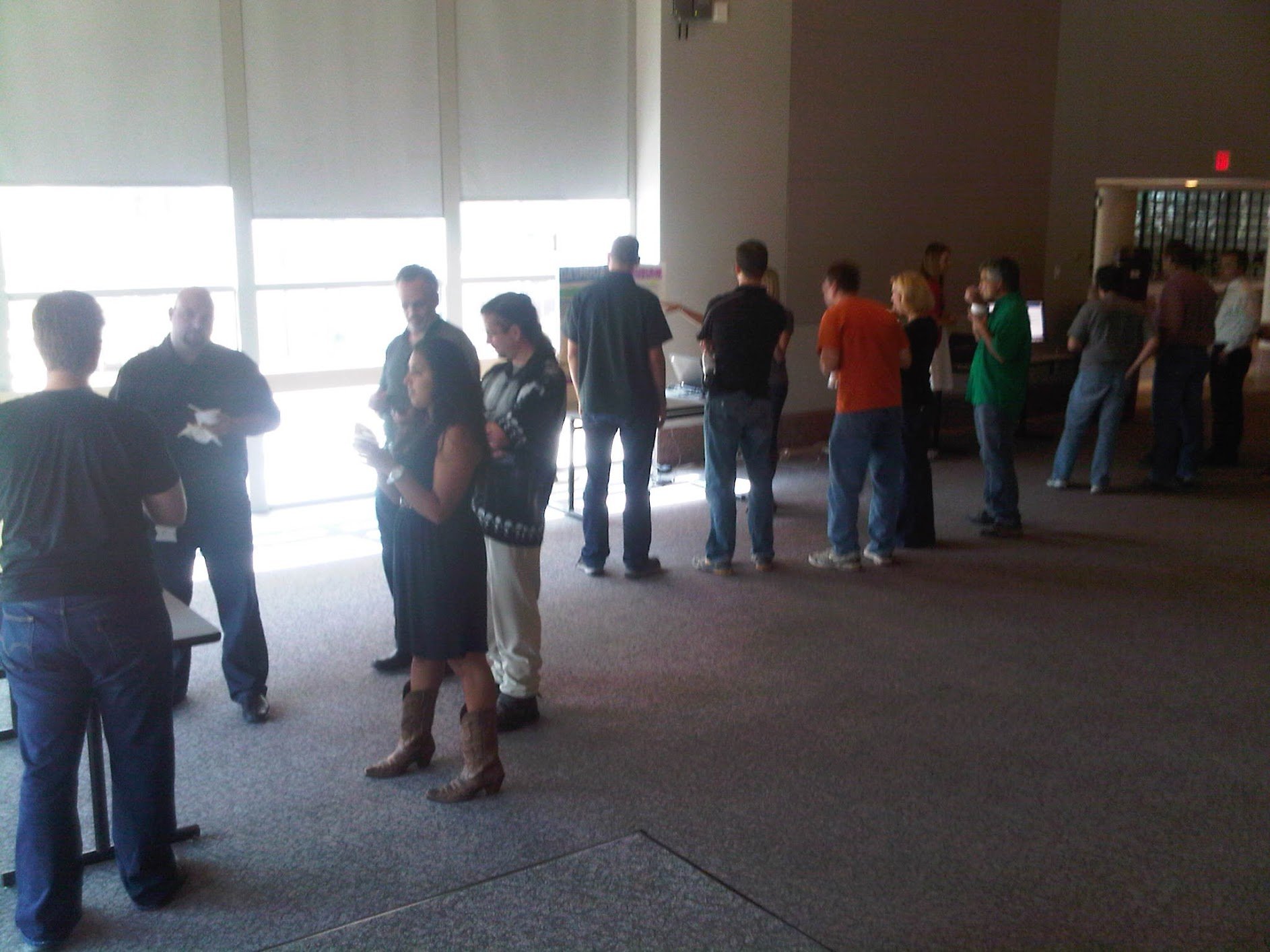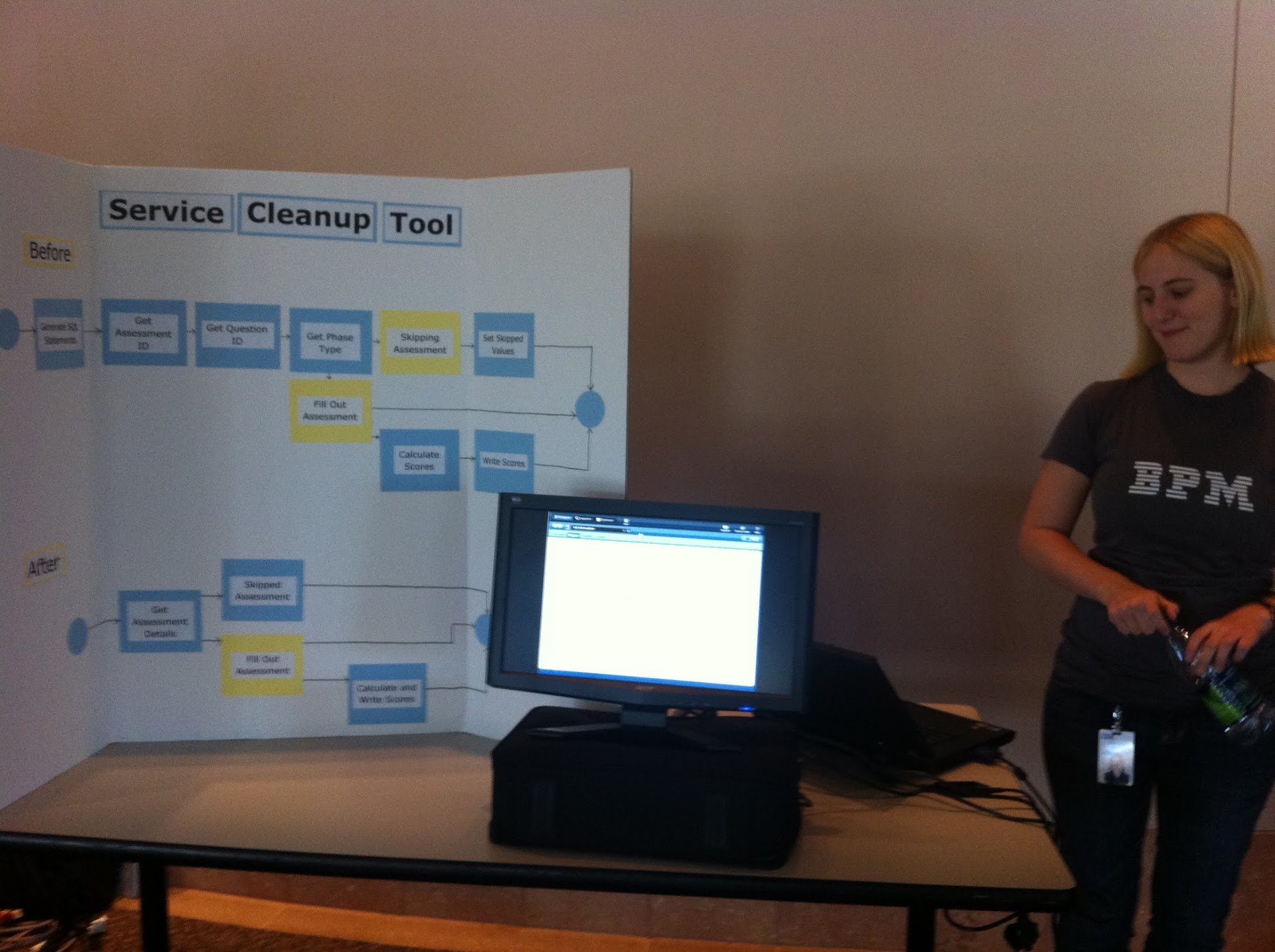
BPM Bootcamp
Software Implementation is hard, even for seasoned professionals. Our audacious idea was to hire motivated new-professionals, and spend three months teaching them how to be the best consultants in the industry. And it worked.
“Just because you played a process back to a client, doesn’t mean you had a Playback, any more than just because you have a girl who is a friend, means you have a girlfriend”
Sean Pizel, A line from a bootcamp lecture that became a white-paper that defined the delivery methodology for the BPM industry
-
Lombardi Software was trying to do for technical process automation what spreadsheets did for accounting. The software wasn’t there yet and we needed consultants who could implement our solutions while making it look simple.
-
Consulting isn’t simple. Implementing packaged software is hard technical work that also requires strong customer communication skills that are hard to teach.
Skilled technical consultants often overcomplicate things. There would be a lot for them to unlearn, in order to do things the Lombardi way.
Clients tend to overcomplicate things. How could we give new professionals the confidence to say “No” to their clients. -
We would hire new-professionals, who majored in non-technical fields, but had the right cultural markers.
We would create a culture within Lombardi where the entire company was devoted to the growth of these new professionals.
And we would create a three month bootcamp specifically designed for these new-professional to become industry leading BPM Consultants. Which they did.
Early in our analysis phase, we met with university Leaders to better understand our potential learners. We decided that teaching programming to Industrial Engineers who “got process” would be easier than teaching process to Computer Science and Business Majors. But we only believed that to a degree. Instead, we had a hidden learning outcome central to Lombardi’s business strategy: We needed to create powerful change agents and a culture of empowerment. Teaching our consultants to expand their comfort zone would be our central idea.
Furthering our analysis, I met with engineering, consulting competency leads, and executives within Lombardi to understand the skills gaps we would need to address. During design, the learning objectives were chunked into a curriculum based on experience and social based learning models. The overall structure was two weeks of assignments, two months of Projects, and two weeks of Science Fair.
Assignments specifically leveraged a challenge based learning model, would give the cohort an assignment , and after they had tried to accomplish it using their own tools and understanding, we would have an expert deliver a lecture which would expand their mental model, and give them new tools to better solve the challenge they had just faced. We felt this pattern best simulated the context they would be work in; Consulting in dynamic customer environments.
Projects leverages social based learning: the cohort would be divided into teams would work to build and deploy a real process solution that would be used internally by Lombardi. The cohort had the authority to sit down with anyone in the company to get the requirements they needed for the solution or to be taught any skill they needed to solve their problem. In the end every student would play it back to the entire executive team. This, in only two months, was a bold challenge that inculcated a can-do attitude, but we weren’t finished.
The final aspect of the experience was the science fair where the learners would work independently to extend the base Lombardi product. We were effectively taking Process Engineers and turning them into —if only for two weeks— software engineers. This culminating event, with them presenting to the entire company, completed a process wherein uncertain new professionals learned that they commanded the respect of every person within the company, and that there was no challenge they couldn’t meet.
That was the true purpose of Lombardi Bootcamp, to empower new professionals to be change agents within Lombardi and its clients. They needed some base technical knowledge but ultimately it was about confidence in oneself in the face of seemingly insurmountable obstacles.
Of course these challenges were balanced with moments of fun and levity. After the ownership and execution of the program had been handed to graduates, I was asked to give many command performances of hits like “The life of a traveling consultant” and “How to Dine Like an Adult.”
Impact
Lombardi Software became the industry leader in Business Process Software solutions, and IBM quickly moved to buy it. Upon purchase, a prominent Tech magazine wrote, “Lombardi gets BPM.. let’s hope IBM doesn’t mess it up.”
In the first three years after the acquisition, BPM practices staffed with graduates of the BPM bootcamp outperformed all others in every meaningful business metric, despite their relative lack of seniority. The BPM bootcamp grew at IBM, and Lombardi BPM became the centerpiece of IBM’s BPM offerings.
“Lombardi became one of the first BPM vendors to provide a comprehensive BPM training program that went beyond product-based training. Lombardi University now provides baseline training for process analysts, change agents, and other roles critical to BPM success.”







